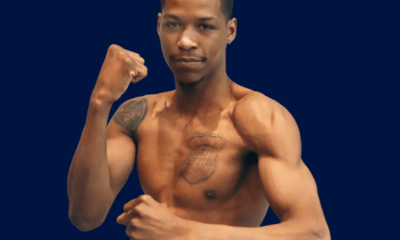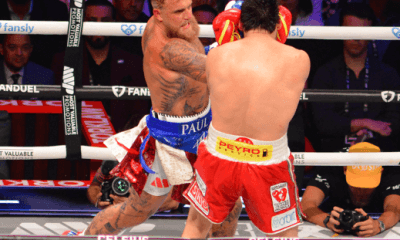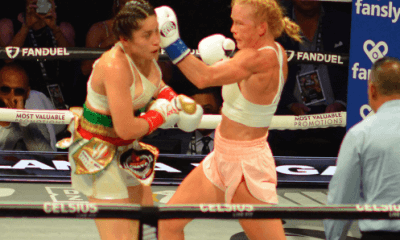Featured Articles
Literary Notes: “Last on His Feet: Jack Johnson and the Battle of the Century”
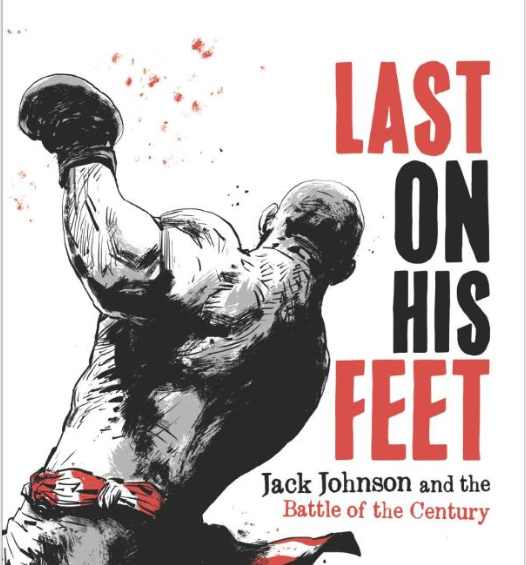
Book Review by Thomas Hauser — Last on His Feet: Jack Johnson and the Battle of the Century (Liveright Publishing Company) with art by Youssef Daoudi and “poetics” by Adrian Matejka is an impressionistic portrait told largely in Johnson’s imagined voice that joins an abbreviated text with three hundred pages of art in what its creators call a “graphic novel.”
The narrative begins with the observation, “Men have been locked in combat since before there was money in it. They fought with their hands. They fought with rocks and sticks. They fought over pretty women. They fought over meat and who got to sit next to the fire on winter nights. Prizefighting is just a more entertaining version of those prehistoric battles.”
It then focuses on Johnson’s historic July 4, 1910, fight against James Jeffries in Reno, Nevada, while moving back and forth between other periods of Johnson’s life.
Jeffries is treated respectfully as a person and a fighter. The thoughts ascribed to Johnson include, “A champion is the best of his generation, ready to fight anybody anywhere. Tommy Burns was no champion. He was just white and in the right place. Jim Jeffries was the real champion, and to be the best I had to beat the best.”
But Jeffries was 35 years old and six years removed from his last fight when he stepped into the ring to face Johnson. He had no realistic chance of winning. Hence the observation, “Imagine being so full of hate you convince yourself that a white fighter in the twilight of his athleticism, four [sic] years out to pasture with a belly full of beer, on the long side of his fighting days, could have any chance in the ring with me. You would have to believe in white skin the way other people believe in Jesus.”
The book doesn’t shy away from the use of “n—–” (without the sanitizing dashes) and other racial epithets. In its telling, Johnson took a dive against Jess Willard when he lost the heavyweight title in Havana.
Daoudi and Matejka describe their work as a “novel based on real events.” A note at the beginning acknowledges that it includes “interpretations” of documented incidents, conversations, and various archival material in order to “make this vital American story more available to twenty-first century audiences.”
I question whether it’s necessary to fictionalize parts of Johnson’s life in order to make it fully relevant today. But that’s a choice Daoudi and Matejka made (just as Howard Sackler made it in writing his Pulitzer-Prize-winning play The Great White Hope). Still, there are unnecessary fictions that don’t advance the storyline, such as putting Theodore Roosevelt (whose term expired in March 1909) in the White House when Johnson and Jeffries were matched in 1910.
Also, in discussing the “color line” that precluded black fighters from fighting for the heavyweight championship for years, the book’s creators quote Johnson as saying, “White fighters acted like the color line was the law, but it was just cowardice.”
Cowardice, but also greed and bowing to societal mores. Johnson drew his own color line after becoming champion, refusing to fight deserving Black challengers. After beating Tommy Burns in Australia, he fought four times before facing Jeffries. And there were four more fights after that before his loss to Jess Willard. Most of his opponents in these fights were undistinguished. Only one (Battling Jim Johnson) was Black.
Putting Johnson vs. Johnson in perspective; that bout (which had the feel of an exhibition) was staged in Paris and declared a draw. Subsequently, Battling Jim engaged in forty more fights and won only eight of them with six draws and twenty-six defeats.
It should also be noted that Last on His Feet vividly describes the hatred that was aimed at Johnson because of his color and the manner in which the weight of the federal government was brought to bear against him: “No colored in this world’s got enough money to change black to white.”
But the book could have done more to clarify the point made by Randy Roberts (one of Johnson’s foremost biographers) who observed, “Johnson was treated as a black menace, but he didn’t have a highly developed racial consciousness. Most of his friends were white, and he made a number of derogatory comments about blacks, particularly black women, throughout his life.”
Indeed, all three of Johnson’s documented marriages were to white women. Two of these marriages are included in Last on His Feet with the declaration, “It’s my right to live as I see fit.”
That said; the book’s strengths far outweigh these minor flaws. Daoudi’s art blends perfectly with Matejka’s lyric voice. The presentation is well-paced. At its best, Last on His Feet is a powerful narrative.
Thomas Hauser’s email address is thomashauserwriter@gmail.com. His most recent book – In the Inner Sanctum: Behind the Scenes at Big Fights – was published by the University of Arkansas Press. In 2004, the Boxing Writers Association of America honored Hauser with the Nat Fleischer Award for career excellence in boxing journalism. In 2019, Hauser was selected for boxing’s highest honor – induction into the International Boxing Hall of Fame.
To comment on this story in the Fight Forum CLICK HERE
-

 Featured Articles3 weeks ago
Featured Articles3 weeks agoAvila Perspective, Chap. 330: Matchroom in New York plus the Latest on Canelo-Crawford
-

 Featured Articles2 weeks ago
Featured Articles2 weeks agoVito Mielnicki Jr Whitewashes Kamil Gardzielik Before the Home Folks in Newark
-
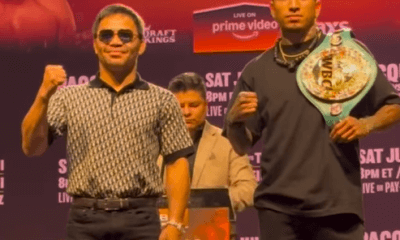
 Featured Articles4 weeks ago
Featured Articles4 weeks agoAvila Perspective, Chap 329: Pacquiao is Back, Fabio in England and More
-
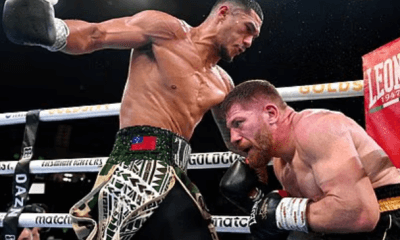
 Featured Articles3 weeks ago
Featured Articles3 weeks agoOpetaia and Nakatani Crush Overmatched Foes, Capping Off a Wild Boxing Weekend
-

 Featured Articles2 weeks ago
Featured Articles2 weeks agoCatching Up with Clay Moyle Who Talks About His Massive Collection of Boxing Books
-

 Featured Articles4 weeks ago
Featured Articles4 weeks agoFabio Wardley Comes from Behind to KO Justis Huni
-

 Featured Articles1 week ago
Featured Articles1 week agoMore Medals for Hawaii’s Patricio Family at the USA Boxing Summer Festival
-
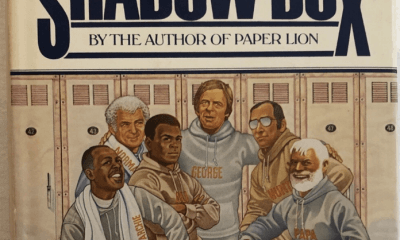
 Featured Articles4 weeks ago
Featured Articles4 weeks agoDelving into ‘Hoopla’ with Notes on Books by George Plimpton and Joyce Carol Oates

